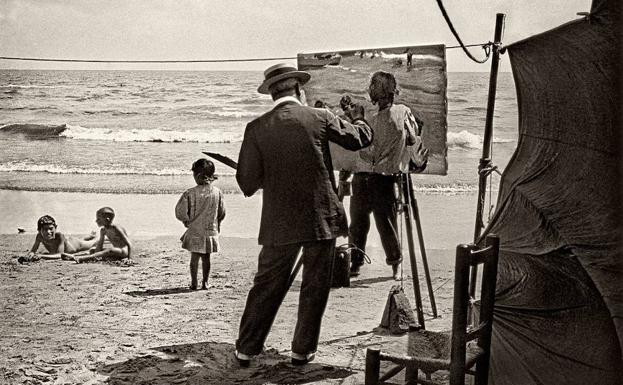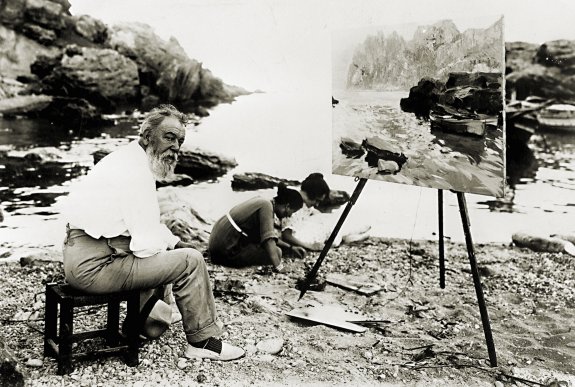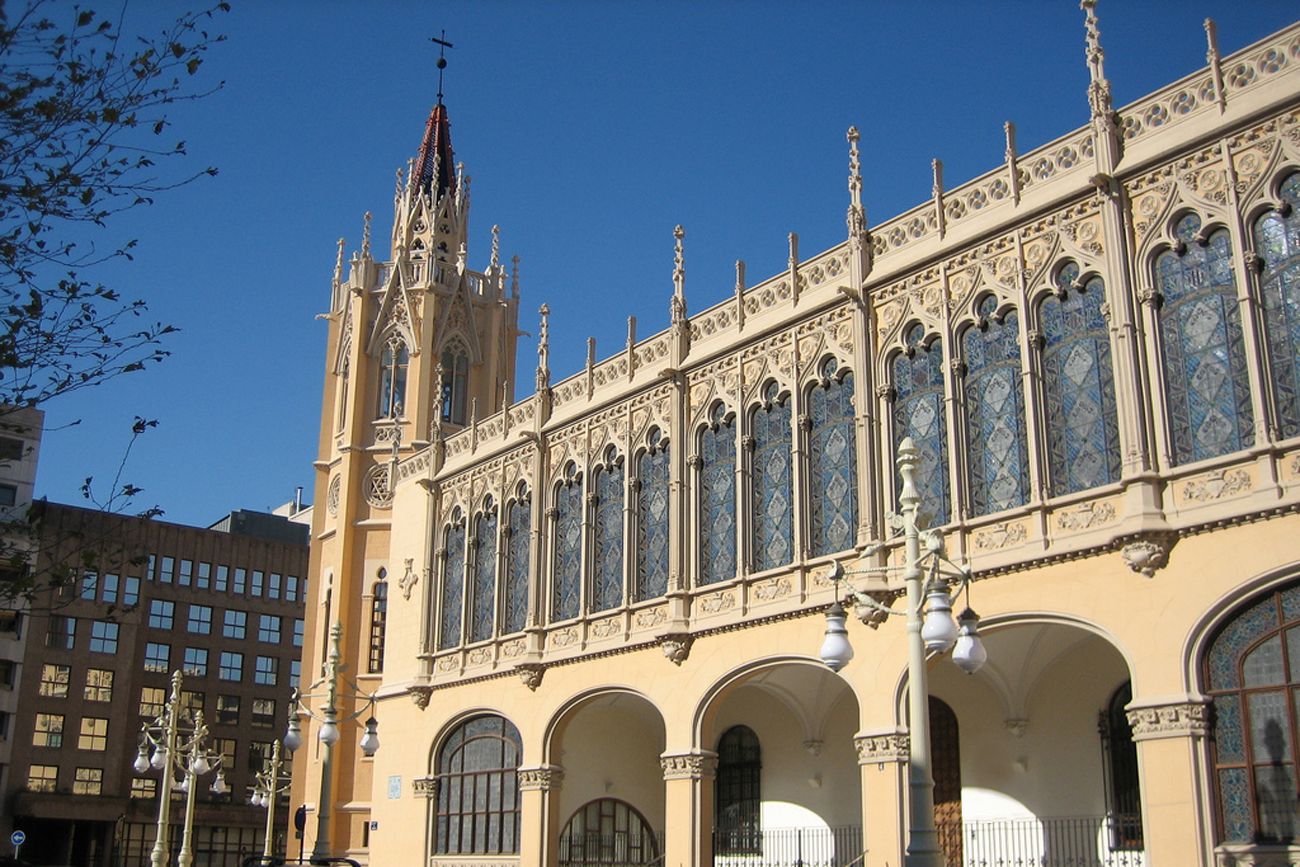Joaquín Sorolla is one of the great masters of 19th-century Spanish painting. He became internationally famous with his paintings of Mediterranean scenes, full of light and happiness. This route around his hometown, Valencia, covers the places connected to his life and works. From the neighbourhood where he grew up, to the places that inspired him, including the museums that display his art.

The Sorolla Route is a cultural proposal that explores the history and works of the Valencian painter Joaquín Sorolla. The route covers about thirty spots around the city of Valencia which are connected to some extent to the artist. The urban route we present includes some of these important places. It can be covered on foot in a day, although you can also take the metro or tram to some of the places, for more convenience.

We start the route at the artist's birthplace, situated at 8, Calle de las Mantas street, which is marked by a commemorative plaque. Close by we'll find the Church of Santa Catalina, where he was baptised, and the Church of San Martín, where he married Clotilde García. Then we'll go to the Silk Exchange, as its steps are the setting in the artist's painting "The Cry of the Palleter" (1884). Then, we head towards the Fine Arts Club, to which the artist used to belong. It is currently situated in a Gothic palace on Calle Cadirers street.
The next stop is the Cathedral, a building that appears in some of Sorolla's earlier works. If we walk down Carrer de San Vicente Mártir street, we'll get to the Town Hall, which houses an art collection that includes some of Sorolla's paintings, such as "My Family" (1901). We continue on Calle de las Barcas street towards the section known as that of the Painter Sorolla: the Artisans' School of Valencia used to be situated here. The artist belonged to this school between 1876 and 1878. The centre is currently situated on Avenida del Reino de Valencia and conserves an oil painting by Sorolla and some of the drawings he made while he was a student.

The route continues by crossing the Turia River, over the Puente de la Exposición bridge, popularly known as "La Peineta" ("ornamental comb"). Designed by architect Santiago Calatrava, it will take us to Calle Galicia street, where we'll find the Palacio de la Exposición palace, which held the Regional Valencian Exhibition in 1909, which showcased artworks by several artists, including Sorolla.

Then we walk down Paseo de la Alameda to get to the Valencia Museum of Fine Arts. Its collection includes around 50 of Sorolla's paintings. After that we cross the Turia River again towards El Carmen Centre. It is an old 13th-century convent which used to house the School of Fine Arts, where Sorolla studied between 1878 and 1887. Today it is an exhibition centre and holds the Joaquín Sorolla Research and Study Institute. The House-Museum of Benlliure is close by, dedicated to the Benlliure family of artists, intimately connected to the Valencian artist.

The route continues towards La Malvarrosa beach, which appears in many of Sorolla's paintings. On the coast we'll also be able to discover the house of another of his friends - the House-Museum of Vicente Blasco Ibáñez. We'll also see two places whose activity was an inspiration to the artist for several of his works: the Hospital Valencia al mar (old San Juan de Dios shelter) and the Casa dels bous house. If we walk down the promenade we'll get to Valencia's monument to Sorolla, situated in Plaza de la Armada Española square.
The urban route ends at the General Cemetery of Valencia, at the family pantheon where the artist is buried. Nevertheless, we can enjoy more of his paintings in the Lladró Museum, six kilometres from the city, in Tavernes Blanques.